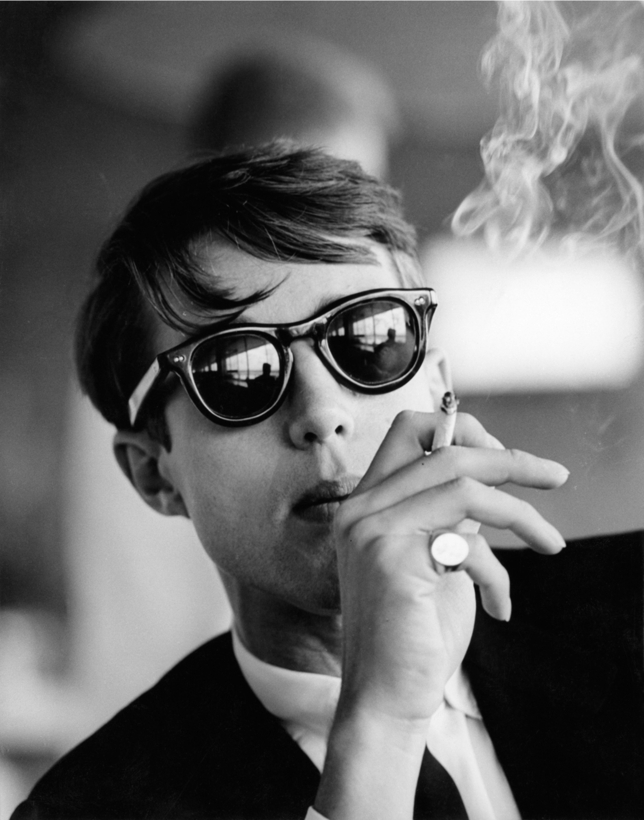There’s a street scene in Martin Scorsese’s 1993 film The Age of Innocence in which the businessmen of 19th-century Boston, hundreds of them, are walking to work in a stiff wind and every one of them has a hand up, clutching the brim of a bowler hat. It’s a powerful image, this striving mass of men holding onto their helmets of commerce, their symbol of sameness. The surrealist painter René Magritte chose the bowler as a leitmotif because it “poses no surprise.” He further explained, “It is a headdress that is not original. The man with the bowler is just middle-class man in his anonymity.” In other words, it’s an egg cozy for the brain, hatching the same thoughts over and over again.
Scorsese is making a point. The main character Newland Archer wants surprise in his life—a “new land.” But the social codes of the late 19th century, which required the right clothing head to toe—and for the first time in history insisted upon sartorial sobriety from men—locked down desire, difference.
“The man with the bowler is just middle-class man in his anonymity.”
For women, however, difference is all. Hats and headdresses were for centuries part of the female arsenal. Chic, charming, flattering, beguiling. The W.W. II film Mrs. Miniver (1942) begins with the purchase of an irresistible but expensive hat. War looms, but this confection of fur and feathers beckons. “I’ve got to have it,” says the title character, played by Greer Garson. The serious and the frivolous. Disciplined sacrifice and flights of fancy. Veritas and vanity. This is the human condition. This is why museums do exhibitions on hats. As the brilliant milliner Stephen Jones said to me in 2018, “Things which are supposed to mean nothing, they actually mean everything.”
This month in St. Petersburg, Russia, the Erarta Museum celebrates its 10th anniversary with Philip Treacy: The Maestro,” an exhibition of hats by the incomparable Irish-born and London-based designer (November 20 to March 21, 2021). This is Erarta’s second Treacy exhibition; the first, in 2015, proved to be the most popular in its history. In Treacy’s hands hat design is pure poetry, full of similes and metaphors, the historical lilt of a sonnet, the acute tilt of a line by Gertrude Stein. “I like to challenge people’s perception of what a hat can look like in the 21st century,” Treacy told me a while back. “And I think a hat can exist anywhere on the head. Part of the architecture of hat design is creating an illusion of balance, potentially worn at a gravity defying angle.” For Treacy, a hat is not so much an object as it is a musical air, a rhapsodic form, breezes and shadows built in. “A hat can be anything,” he says, “and anything can be a hat.”

The art of the hat is on view, as well, at the Museum of Fine Arts, Houston, where the exhibition Hats Off: Halston Hats from the Masterson Collection is running through January 3, 2021. We all know Halston as a star of Studio 54, and the guru of masterfully cut, body-conscious glamour, clothing that women from Liza Minnelli to Martha Graham could dance in. But Halston started as a milliner who won his first fame with the pillbox hat he made for Jackie Kennedy, worn in 1961 to her husband’s inauguration as president. From 1958 to 1968 he managed the custom millinery department at Bergdorf Goodman—Diana Vreeland called him “an absolute magician with his hands.” And here is the proof: 13 hats and hair accessories from Halston’s days at Bergdorf. The sizzler is 1961’s little black pillbox of buckram and capenet, long burnt ostrich quills sprouting from the top and sides like a synaptic brainstorm. It is the exact opposite of a boring black bowler.
Laura Jacobs is AIR MAIL’s Arts Intel Report Editor
